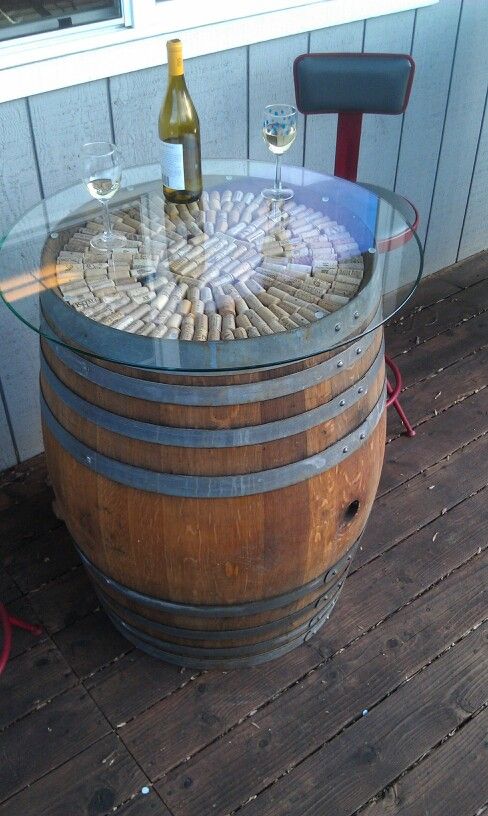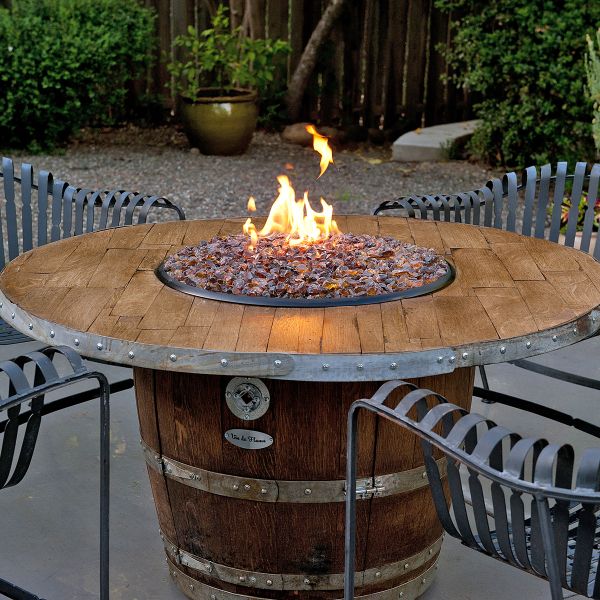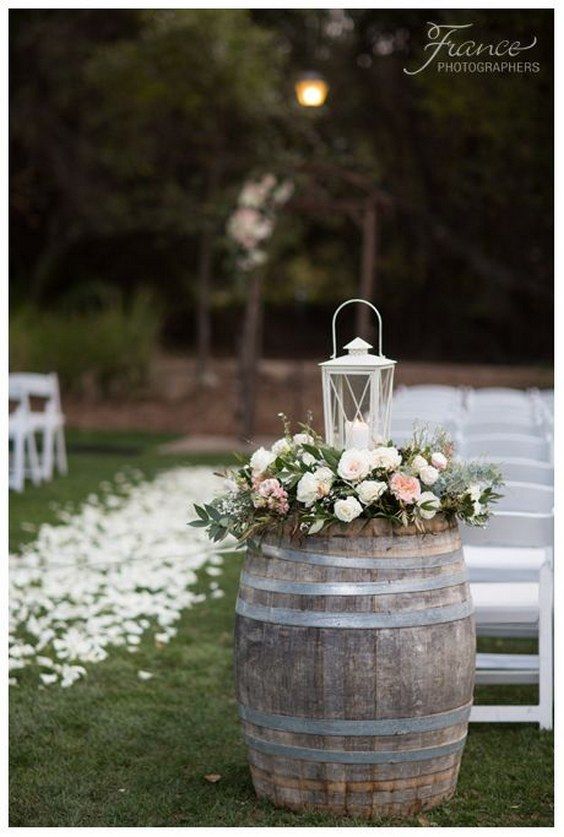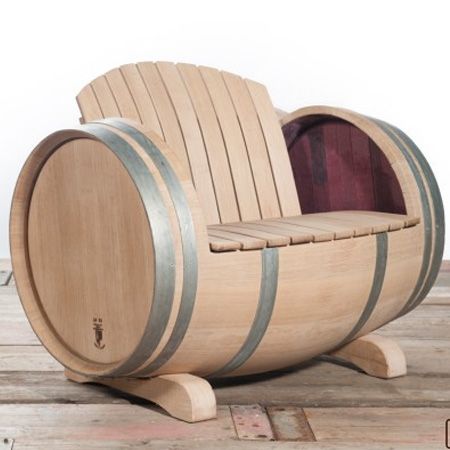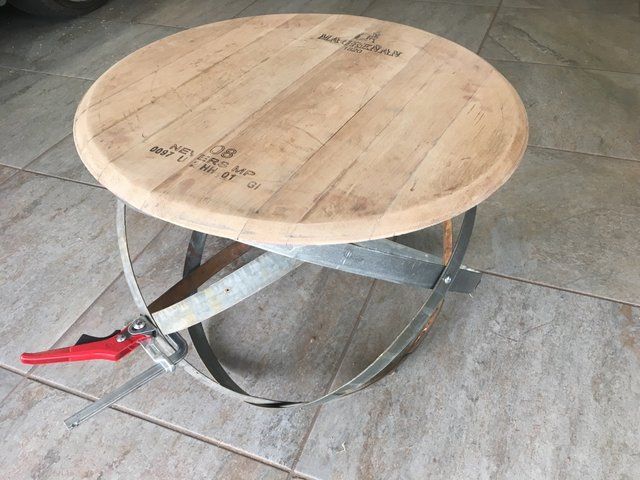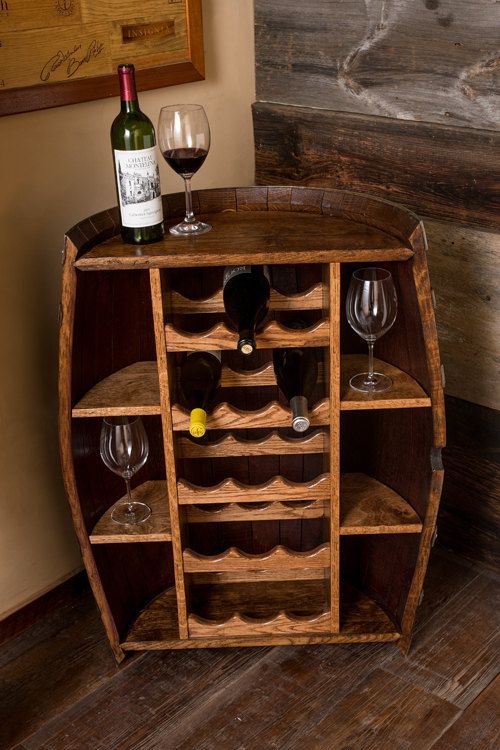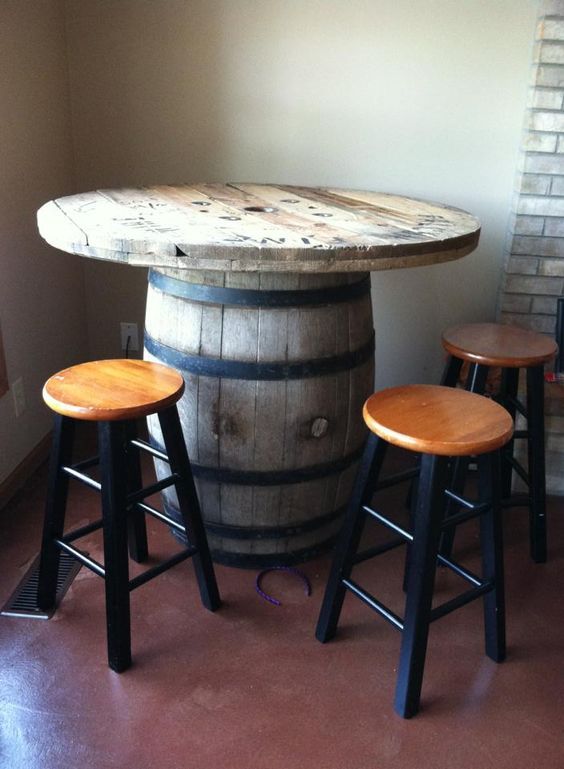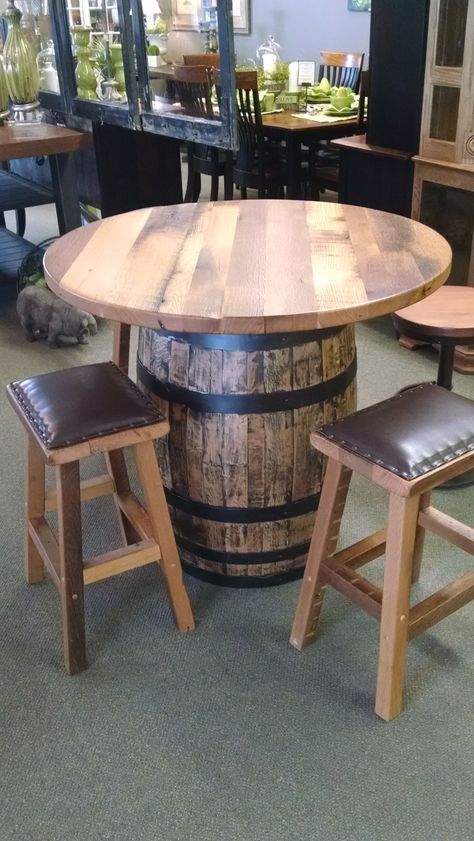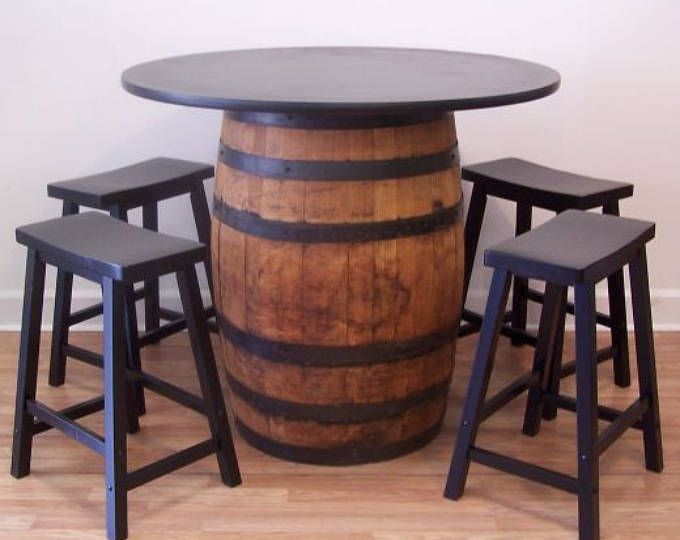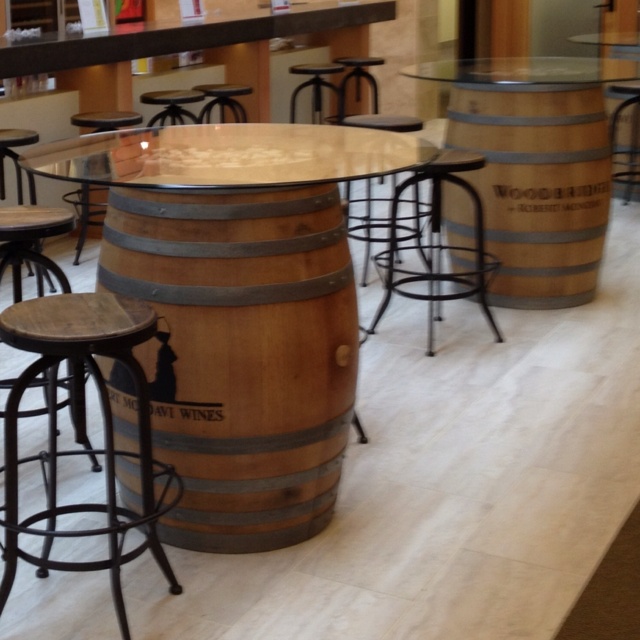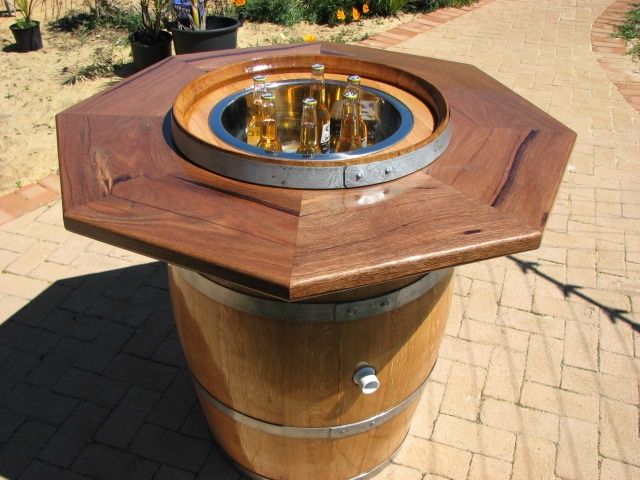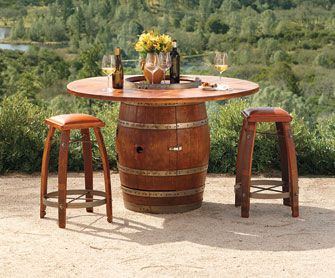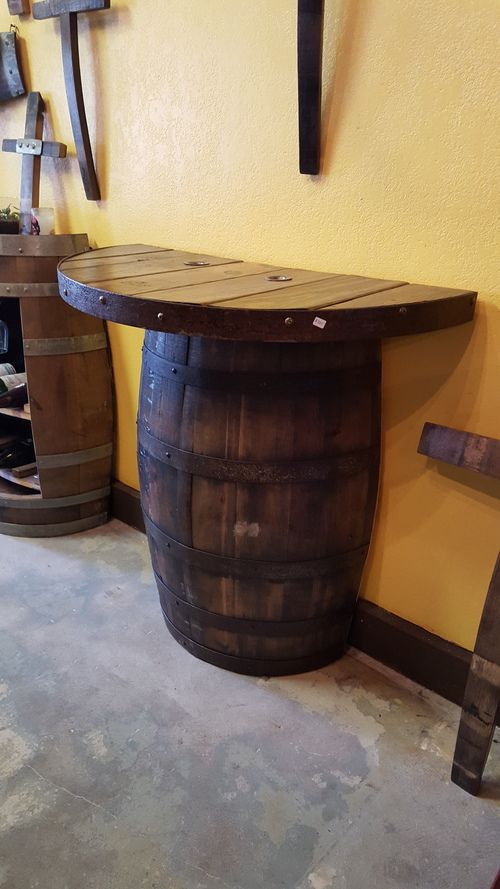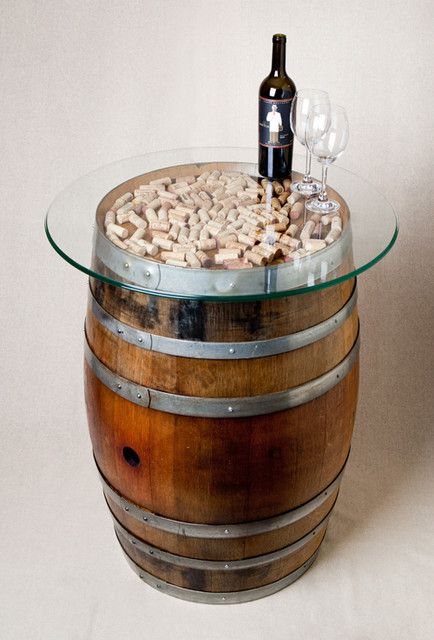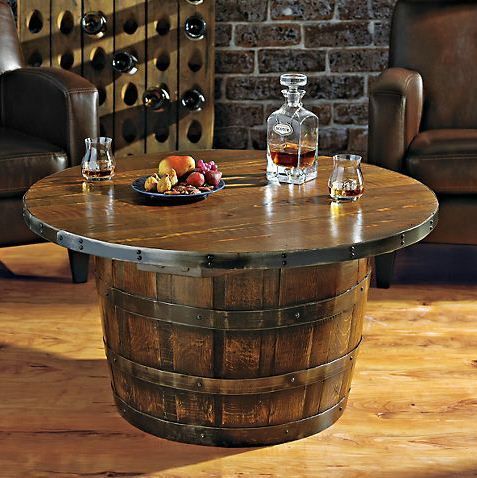A good oak barrel is an excellent base for a table. But why should a barrel serve as a table base? The answer lies in the winemaking process.
A long time ago, the Egyptians, Romans and other peoples of the Mediterranean region stored their wine in clay amphorae. The clay bottles were easy to cap, clay was plentiful and easy to mold. Some people in the area used palm wood to make barrels, but shaping them into the barrel shape was difficult.
As the Romans moved north, it became more difficult to transport wine for the troops. Wine was safer to drink than water and provided a small amount of nourishment. However, clay amphorae were heavy and fragile. This made them difficult to transport. When Rome invaded Gaul, they encountered a people who brewed beer in wooden casks, often made of oak. Oak was easier to barrel than palm. The wine transport was solved.
After some time, it turned out that wine aged in oak barrels acquired a softer taste, which is why aging wine in oak barrels became popular. Unfortunately, after about eight refills, the cask stopped imparting that beautiful oak flavor. Some of the casks may have a second life as containers for aging whiskey, a liquor that benefits from the wine residue in the oak. But this use will also come to an end. At this point, the barrel could be used to store rainwater or as something else, such as a planter or table.
There is something unique about a barrel table. The oak barrels are robust. Some enterprising manufacturers even used the inside of the barrel as a neat little storage space. With a beautifully cut and hinged door, such a table is very attractive. Some casks don’t survive the conversion unscathed, but that doesn’t mean all that beautiful oak is wasted. The individual staves are ideal as chair legs. The ends work well as table tops and stool tops. Oak is a beautiful wood, and oak, which experienced its first life as a wine barrel, is no exception.
